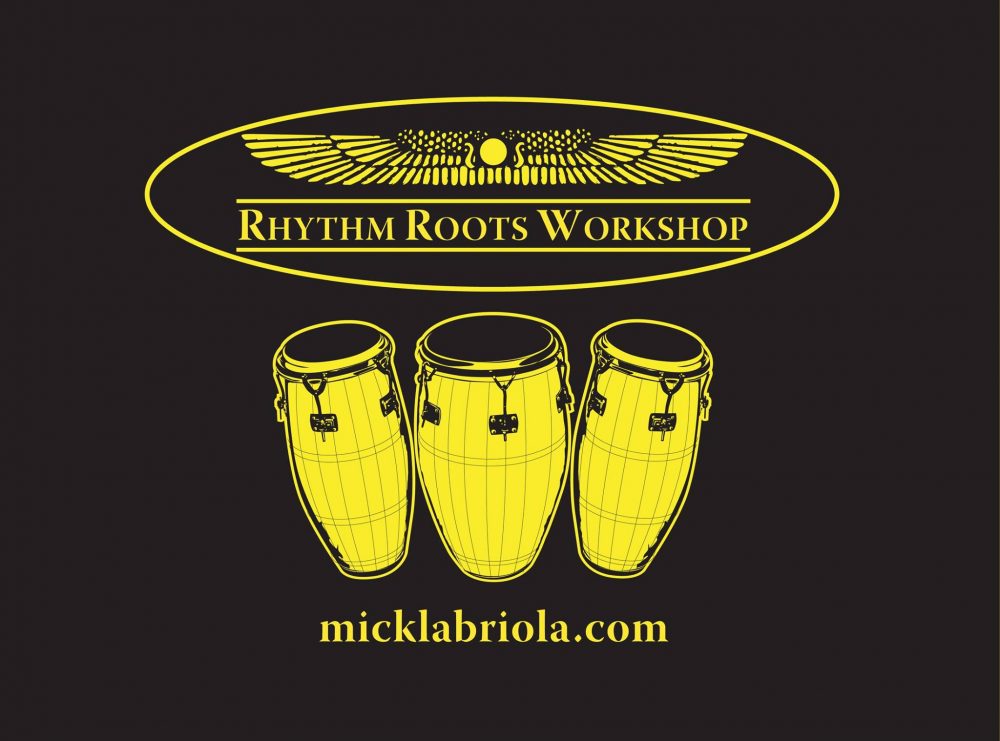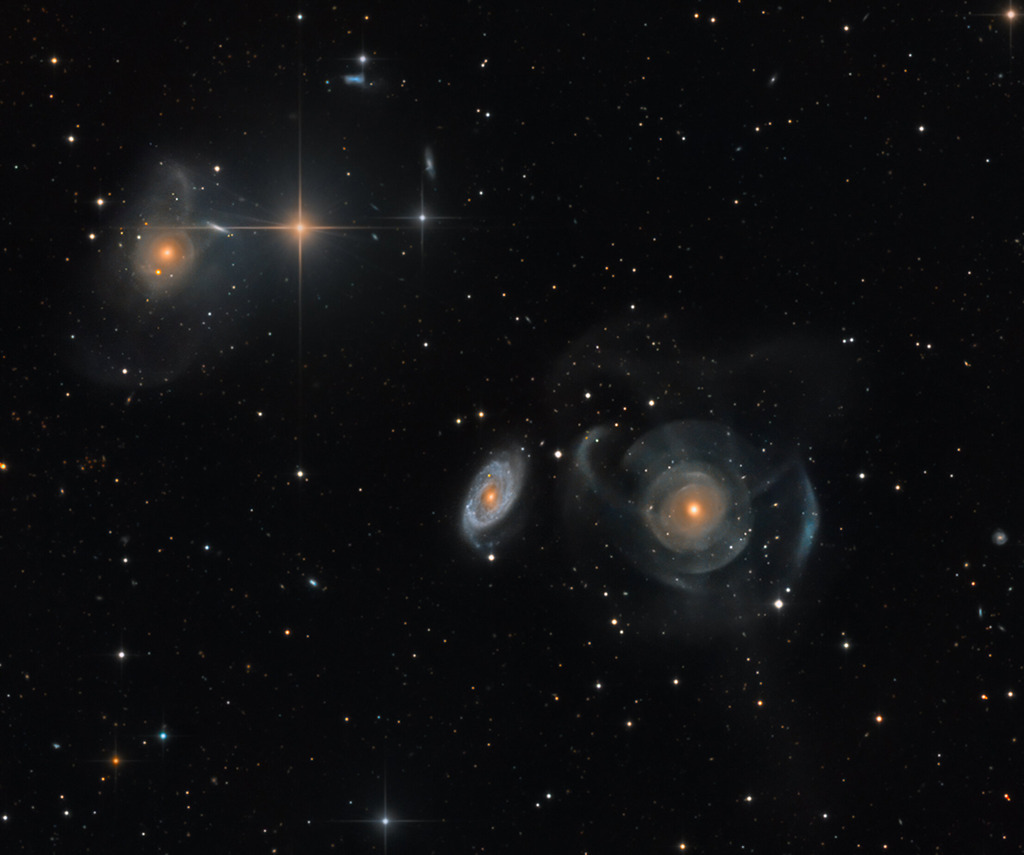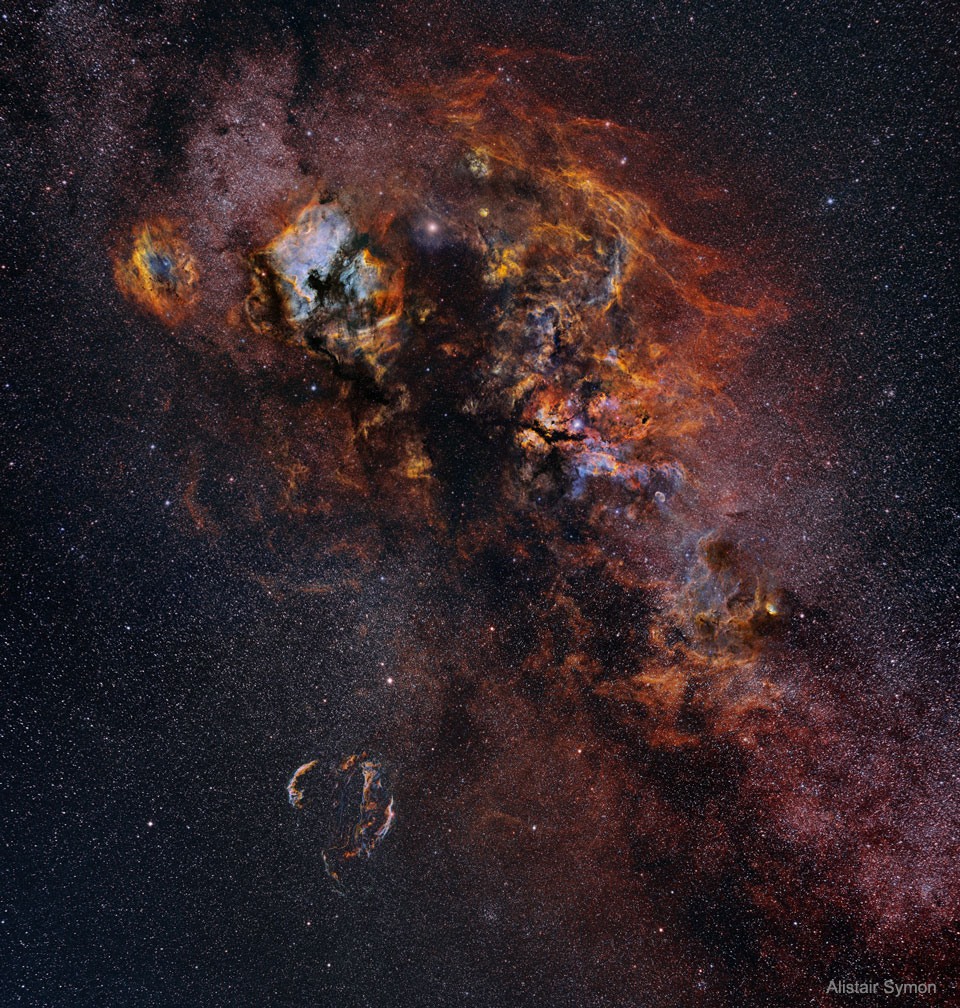Blog
Kenneth Sidney “Kenny” Drew (August 28, 1928 – August 4, 1993) was an American jazz pianist.
Drew was born in New York City in 1928 and received piano lessons from the age of five. He attended the High School of Music & Art in Manhattan. Drew’s first recording, in 1950, was with Howard McGhee, and over the next two years he worked in bands led by Buddy DeFranco, Coleman Hawkins, Lester Young, and Charlie Parker, among others. After a brief period with his own trio in California, Drew returned to New York, playing with Dinah Washington, Johnny Griffin, Buddy Rich, and several others over the following few years. He led many recording sessions throughout the ’50s, and in 1957 appeared on John Coltrane‘s album Blue Train.
Drew was one of several American jazz musicians who settled in Europe around this period: he moved to Paris in 1961 and to Copenhagen three years later. While he sacrificed much of the interest of the American jazz audience, he gained a wide following across Europe. Kenny Drew was a well-known figure on the Copenhagen jazz scene, recording many sessions with the Danish bassist Niels-Henning Ørsted Pedersen. “Living in Copenhagen, and travelling out from there,” Drew remarked, “I have probably worked in more different contexts than if I had stayed in New York where I might have got musically locked in with a set-group of musicians. This way, I have been able to keep my musical antennas in shape, while at the same time I have had more time to study and also get deeper into my own endeavors.
more...Philip William Seamen (28 August 1926 – 13 October 1972) was an English jazz drummer.
With a background in big band music, Seamen played and recorded in a wide range of musical contexts with virtually every key figure of 1950s and 1960s British jazz. Notable examples included Joe Harriott, Tubby Hayes, Stan Tracey, Ronnie Scott, Denny Termer, Dick Morrissey, Harold McNair, Don Rendell, Victor Feldman, Dizzy Reece, Tony Coe, Tony Lee, and George Chisholm, among others. Later in his career he worked with Alexis Korner and Georgie Fame, and had a spell with Ginger Baker’s Air Force, the leader of the band being Seamen’s foremost disciple. Addiction to alcohol and other drugs hampered his career.
more...Ustad Vilayat Khan (28 August 1928 – 13 March 2004) was an Indian classical sitar player. Along with Imdad Khan, Enayat Khan, and Imrat Khan, he is credited with the creation and development of gayaki ang (an attempt to mimic vocal music) on the sitar. He recorded his first 78-RPM disc at the age of 8, and gave his last concert in 2004 at the age of 75.
more...Soléa develops in (altered) Phrygian mode “por arriba” (fundamental on the 6th string), with the III degree of the mode altered to a major 3rd when resolving to I.
To adapt to the singer’s vocal range, guitarists can use a “cejilla” (capo) to play in any key while preserving the known chord positions. Modern guitarists often play soleá using other chord positions or even changing the tuning of the guitar to experiment with new sounds, especially in solo instrumental pieces.
The typical flamenco progression iv, III, II, I (an altered Phrygian cadence) is heard several times during the development of the song. In E altered Phrygian, the progression would be Am, G, F, E (the E chord should be Em in a diatonic Phrygian cadence, but its diatonic third – G – is altered to a G♯).
A usual progression with a four-line stanza is the following:
- first line: E7, Am,
- transition to 2nd line: Am, G, (or F, G)
- 2nd line: F, E
- 3rd line: G7, C (or C7)
- 4th line: Am, G, F, E, F, E
And a usual progression with a three-line stanza:
- first line: E7, Am
- 2nd line: G7, C
- 3rd line: Am, G, F, E, F, Ehttps://www.youtube.com/watch?v=URgD-mXkjGs
Since the start of the pandemic in March 2020 this is the first RRW @
the Wilder Community Center for Aging 650 Marshall Ave St Paul, MN 55104 from 1030am-noon
in the courtyard. Exploring world rhythms with instruments provided.

more...
https://www.youtube.com/watch?v=ywgtKjvG2Sk&t=43s
more...features a peculiar system of galaxies cataloged as Arp 227 some 100 million light-years distant. Swimming within the boundaries of the constellation Pisces, Arp 227 consists of the two galaxies prominent right of center, the curious shell galaxy NGC 474 and its blue, spiral-armed neighbor NGC 470. The faint, wide arcs or shells of NGC 474 could have been formed by a gravitational encounter with neighbor NGC 470. Alternately the shells could be caused by a merger with a smaller galaxy producing an effect analogous to ripples across the surface of a pond. The large galaxy on the top lefthand side of the deep image, NGC 467, appears to be surrounded by faint shells too, evidence of another interacting galaxy system. Intriguing background galaxies are scattered around the field that also includes spiky foreground stars. Of course, those stars lie well within our own Milky Way Galaxy. The field of view spans 25 arc minutes or about 1/2 degree on the sky.

Anthony John Kronenberg (27 August 1925 – 18 October 1999), known professionally as Tony Crombie, was an English jazz drummer, pianist, bandleader, and composer. He was regarded as one of the finest English jazz drummers and bandleaders, occasional but capable pianist and vibraphonist, and an energizing influence on the British jazz scene over six decades.
Crombie was a self-taught musician who began playing the drums at the age of fourteen. He was one of a group of young men from the East End of London who ultimately formed the co-operative Club Eleven, bringing modern jazz to Britain. Having gone to New York with his friend Ronnie Scott in 1947, witnessing the playing of Charlie Parker and Dizzy Gillespie, he and like-minded musicians such as Johnny Dankworth, Scott and Dennis Rose, brought be-bop to the UK. This group of musicians were the ones called upon if and when modern jazz gigs were available. In 1948 Crombie toured Britain and Europe with Duke Ellington, who had been unable to bring his own musicians with him, except for Ray Nance and Kay Davis. Picking up a rhythm section in London, he chose Crombie on the recommendation of Lena Horne, with whom Crombie had worked when she appeared at the Palladium.
In August 1956, Crombie set up a rock and roll band he called The Rockets, which included future Shadows bassist Jet Harris. The group was modelled after Bill Haley‘s Comets and Freddie Bell & the Bellboys. Crombie and his Rockets released several singles for Decca and Columbia, including “Teach You to Rock” produced by Norrie Paramor, which made the Top 30 in the UK Singles Chart in October 1956.
He is credited with introducing rock and roll music to Iceland, performing there in May 1957. By 1958 the Rockets had become a jazz group with Scott and Tubby Hayes. During the following year Crombie started Jazz Inc. with pianist Stan Tracey. In 1960, he composed the score for the film The Tell-Tale Heart and established residency at a hotel in Monte Carlo. In May 1960 he toured the UK with Conway Twitty, Freddy Cannon, Johnny Preston, and Wee Willie Harris.
In the early sixties Crombie’s friend and contemporary, Victor Feldman, passed one of his compositions to Miles Davis, who recorded the piece on his album Seven Steps to Heaven. The song, “So Near, So Far”, has been recorded by a number of other players including Joe Henderson, who named a tribute album to Miles Davis using the title.
During the next thirty years Crombie appeared with many of the greatest American jazz musicians, including Ben Webster, Coleman Hawkins, Illinois Jacquet, Joe Pass, Mark Murphy and Eddie “Lockjaw” Davis. In the mid-1990s, after breaking his arm in a fall, he stopped playing the drums but continued composing until his death in 1999.
more...
Warren Harding “Sonny” Sharrock (August 27, 1940 – May 25, 1994) was an American jazz guitarist. He was married to singer Linda Sharrock, with whom he recorded and performed.
One of few guitarists in the first wave of free jazz in the 1960s, Sharrock was known for his heavily chorded attack, his highly amplified bursts of feedback, and his use of saxophone-like lines played loudly on guitar.
Sharrock began his musical career singing doo wop in his teen years. He collaborated with Pharoah Sanders and Alexander Solla in the late 1960s, appearing first on Sanders’s 1966 album, Tauhid. He made several appearances with flautist Herbie Mann and an uncredited appearance on Miles Davis‘s A Tribute to Jack Johnson.
more...Alice Coltrane (née McLeod, August 27, 1937 – January 12, 2007), also known by her adopted Sanskrit name Turiyasangitananda or Turiya Alice Coltrane, was an American jazz musician and composer, and in her later years a swamini. One of the few harpists in the history of jazz, she recorded many albums as a bandleader, beginning in the late 1960s and early 1970s for Impulse! and other major record labels. She was married to jazz saxophonist and composer John Coltrane, with whom she performed in 1966-67.
Alice McLeod was born on August 27, 1937, in Detroit, Michigan, and grew up in a musical household. Her mother, Anna McLeod, was a member of the choir at her church, and her half brother, Ernest Farrow became a jazz bassist. With the encouragement of her father, Alice McLeod pursued music and started to perform in various clubs around Detroit, until moving to Paris in the late 1950s. She studied classical music, and also jazz with Bud Powell in Paris, where she worked as the intermission pianist at the Blue Note Jazz Club in 1960. It was there that McLeod appeared on French television in a performance with Lucky Thompson, Pierre Michelot and Kenny Clarke. She married Kenny “Pancho” Hagood in 1960 and had a daughter with him. The marriage ended soon after, on account of Hagood’s developing heroin addiction, and McLeod was forced to move back to Detroit with her daughter. She continued playing jazz as a professional in Detroit, with her own trio and as a duo with vibraphonist Terry Pollard. In 1962–63 she played with Terry Gibbs‘ quartet, during which time she met John Coltrane. In 1965 they were married in Juárez, Mexico. John Coltrane became stepfather to Alice Coltrane’s daughter Michelle, and the couple had three children together: John Jr. (1964, a bassist who died in a car accident in 1982); Ravi (b. 1965, a saxophonist); and Oranyan (b. 1967, a DJ). Oranyan later played saxophone with Santana for a period of time.
https://www.youtube.com/watch?v=KZOaIS5MIVs
more...Lester Willis Young (August 27, 1909 – March 15, 1959), nicknamed “Pres” or “Prez”, was an American jazz tenor saxophonist and occasional clarinetist.
Coming to prominence while a member of Count Basie‘s orchestra, Young was one of the most influential players on his instrument. In contrast to many of his hard-driving peers, Young played with a relaxed, cool tone and used sophisticated harmonies, using what one critic called “a free-floating style, wheeling and diving like a gull, banking with low, funky riffs that pleased dancers and listeners alike”.
Known for his hip, introverted style, he invented or popularized much of the hipster jargon which came to be associated with the music.
Lester Young was born in Woodville, Mississippi, on August 27, 1909. His mother was Lizetta Young (née Johnson), and his father was Willis Handy Young, originally from Louisiana. Lester had two siblings – Leonidas Raymond, who became a drummer, and Irma Cornelia. He grew up in a musical family. His father was a teacher and band leader, and several other relatives performed professionally.
While growing up in New Orleans, he worked from the age of five to make money for the family. He sold newspapers and shined shoes. By the time he was ten, he had learned the basics of trumpet, violin, and drums, and joined the Young Family Band touring with carnivals and playing in regional cities in the Southwest In his teens he and his father clashed, and he often left home for long periods.
https://www.youtube.com/watch?v=9vDW0ANRim8
more...Leon Theremin (born Lev Sergeyevich Termen Russian: Лев Сергеевич Термéн, IPA: [ˈlʲef sʲɪrˈɡʲejɪvʲɪtɕ tɨrˈmʲen]; 28 August [O.S. 15 August] 1896 – 3 November 1993) was a Russian and Soviet inventor, most famous for his invention of the theremin, one of the first electronic musical instrumentsand the first to be mass-produced. He also worked on early television research. His listening device, “The Thing“, hung for seven years in plain view in the United States Ambassador’s Moscow office and enabled Soviet agents to eavesdrop on secret conversations.
more...https://www.youtube.com/watch?v=MqGCSdom39g
more...Interstellar dust and glowing hydrogen gas, this beautiful skyscape is painted across the plane of our Milky Way Galaxy near the northern end of the Great Rift and the constellation Cygnus the Swan. Composed using 22 different images and over 180 hours of image data, the widefield mosaic spans an impressive 24 degrees across the sky. Alpha star of Cygnus, bright, hot, supergiant Deneb lies near top center. Crowded with stars and luminous gas clouds Cygnus is also home to the dark, obscuring Northern Coal Sack Nebula, extending from Deneb toward the center of the view. The reddish glow of star forming regions NGC 7000 and IC 5070, the North America Nebula and Pelican Nebulas, are just left of Deneb. The Veil Nebula is a standout below and left of center. A supernova remnant, the Veil is some 1,400 light years away, but many other nebulae and star clusters are identifiable throughout the cosmic scene. Of course, Deneb itself is also known to northern hemisphere skygazers for its place in two asterisms — marking the top of the Northern Cross and a vertex of the Summer Triangle.

more...
Branford Marsalis (born August 26, 1960) is an American saxophonist, composer, and bandleader. While primarily known for his work in jazz as the leader of the Branford Marsalis Quartet, he also performs frequently as a soloist with classical ensembles and has led the group Buckshot LeFonque. From 1992 to 1995 he led The Tonight Show Band.
Marsalis was born in Breaux Bridge, Louisiana. He is the son of Dolores (née Ferdinand), a jazz singer and substitute teacher, and Ellis Louis Marsalis, Jr., a pianist and music professor. His brothers Jason Marsalis, Wynton Marsalis, and Delfeayo Marsalis are also jazz musicians.
more...Leon Redbone (born Dickran Gobalian, August 26, 1949 – May 30, 2019) was an American singer-songwriter and musician specializing in jazz, blues, and Tin Pan Alley classics. Recognized by his Panama hat, dark sunglasses, and black tie, Redbone was born in Cyprus of Armenian ancestry and first appeared on stage in Toronto, Canada, in the early 1970s. He also appeared on film and television in acting and voice-over roles.
In concert Redbone often employed comedy and demonstrated his skill in guitar playing. Recurrent gags involved the influence of alcohol and claiming to have written works originating well before he was born – Redbone favored material from the Tin Pan Alley era, circa 1890 to 1910. He sang the theme to the 1980s television series Mr. Belvedere and released eighteen albums.
more...James Andrew Rushing (August 26, 1901 – June 8, 1972 Oklahoma City, OK) was an American blues and jazz singer, and pianist from Oklahoma City, Oklahoma, best known as the featured vocalist of Count Basie‘s Orchestra from 1935 to 1948.
Rushing was known as “Mr. Five by Five” and was the subject of an eponymous 1942 popular song that was a hit for Harry James and others; the lyrics describe Rushing’s rotund build: “he’s five feet tall and he’s five feet wide”. He joined Walter Page‘s Blue Devils in 1927 and then joined Bennie Moten‘s band in 1929. He stayed with the successor Count Basie band when Moten died in 1935.
Rushing said that his first time singing in front of an audience was in 1924. He was playing piano at a club when the featured singer, Carlyn Williams, invited him to do a vocal. “I got out there and broke it up. I was a singer from then on,” he said.
Rushing was a powerful singer who had a range from baritone to tenor. He has sometimes been classified as a blues shouter. He could project his voice so that it soared over the horn and reed sections in a big-band setting. Basie claimed that Rushing “never had an equal” as a blues vocalist, though Rushing “really thought of himself as a ballad singer.” George Frazier, the author of Harvard Blues, called Rushing’s distinctive voice “a magnificent gargle”. Dave Brubeck defined Rushing’s status among blues singers as “the daddy of them all.” Late in his life Rushing said of his singing style, “I don’t know what kind of blues singer you’d call me. I just sing ’em.” Among his best-known recordings are “Going to Chicago”, with Basie, and “Harvard Blues”, with a famous saxophone solo by Don Byas.
more...More Posts
- Camarón de la Isla
- J J Cale
- Art Davis
- Little Richard
- Sonny Boy Williamson
- World Music with Tosin Aribisala
- Daily Roots with Maxi Millian
- Club Calabash XXV
- Surviving the Pandemic and Realizing Racial Justice
- The Cosmos with M63
- Cassandra Wilson
- Terry Woods
- Jim Hall
- Eddie Heywood
- Flamenco Fridays with Sabicas
- Daily Roots with Steel Pulse
- Surviving the Pandemic and Realizing Racial Justice
- The Cosmos with NGC 4038/39
- Joe Brother Cornbread Thomas
- Antonio Soler